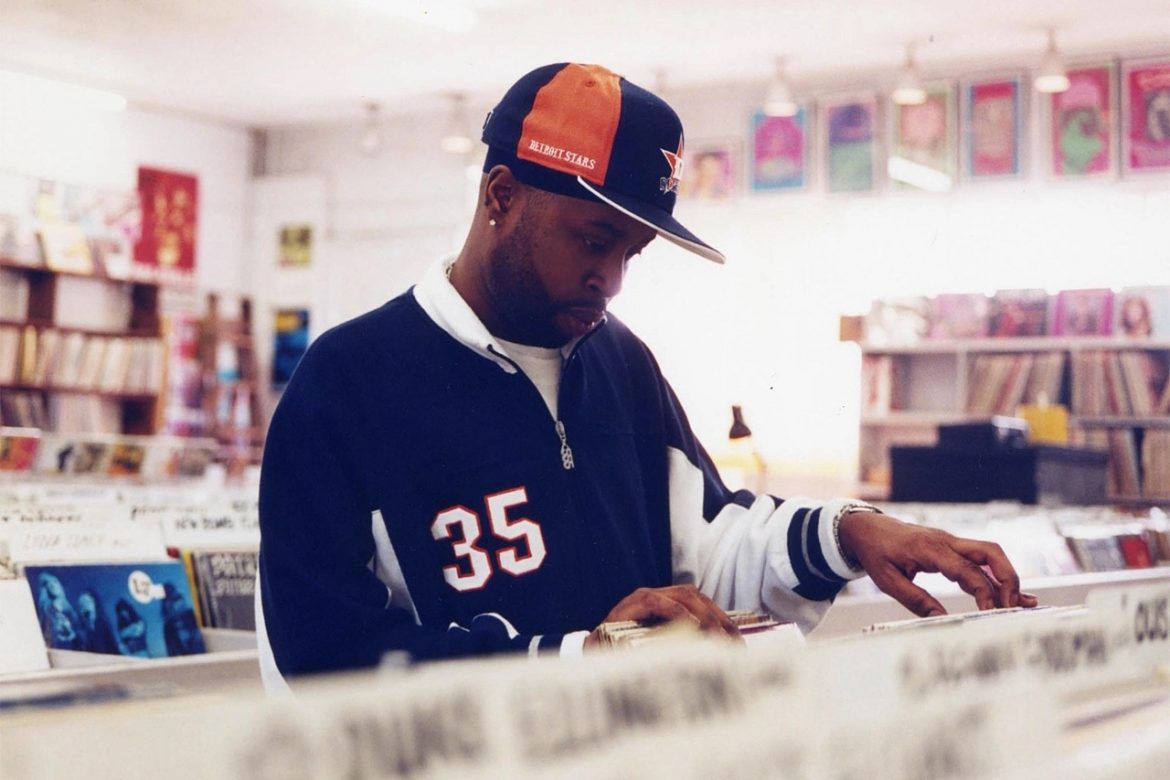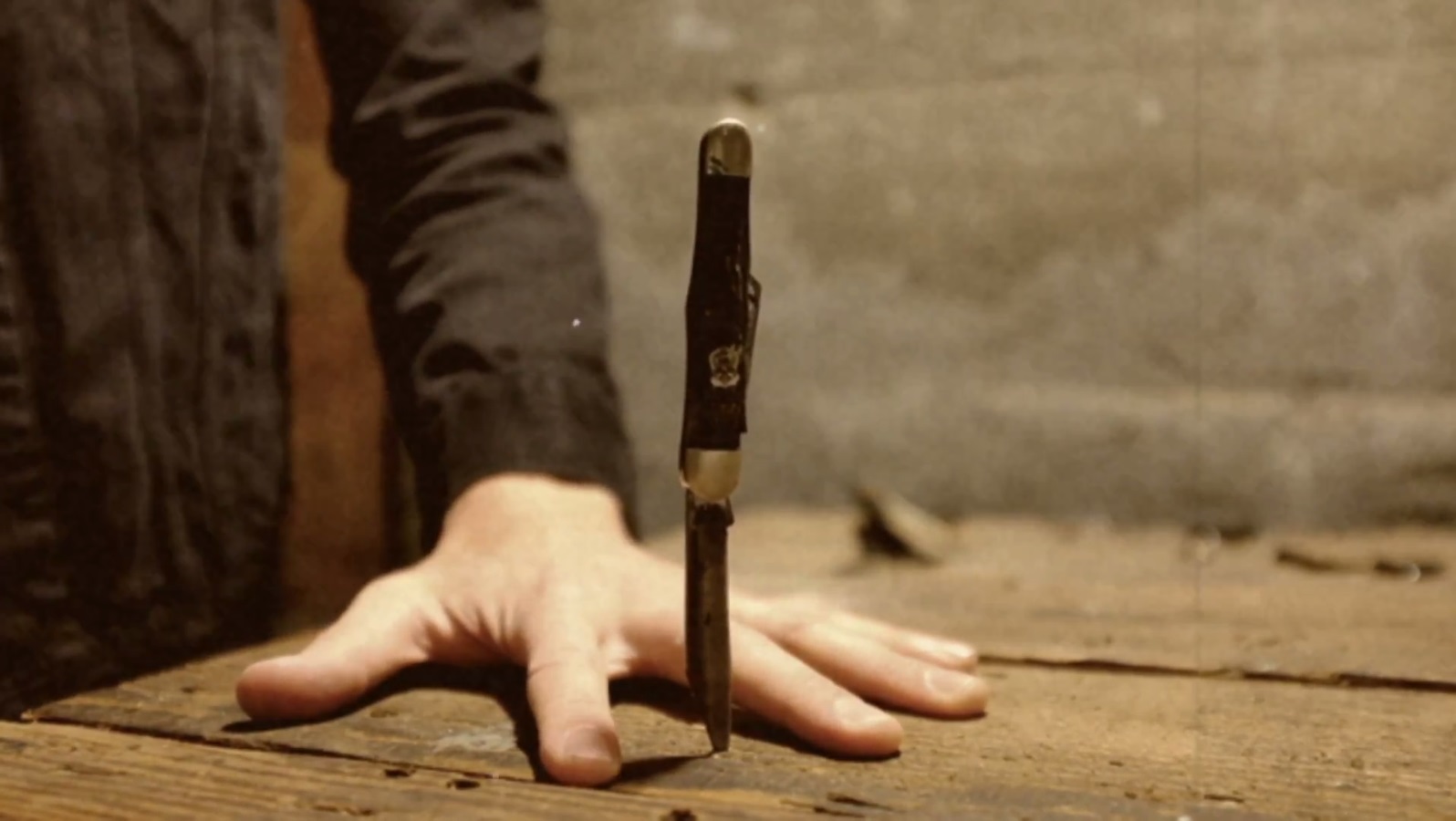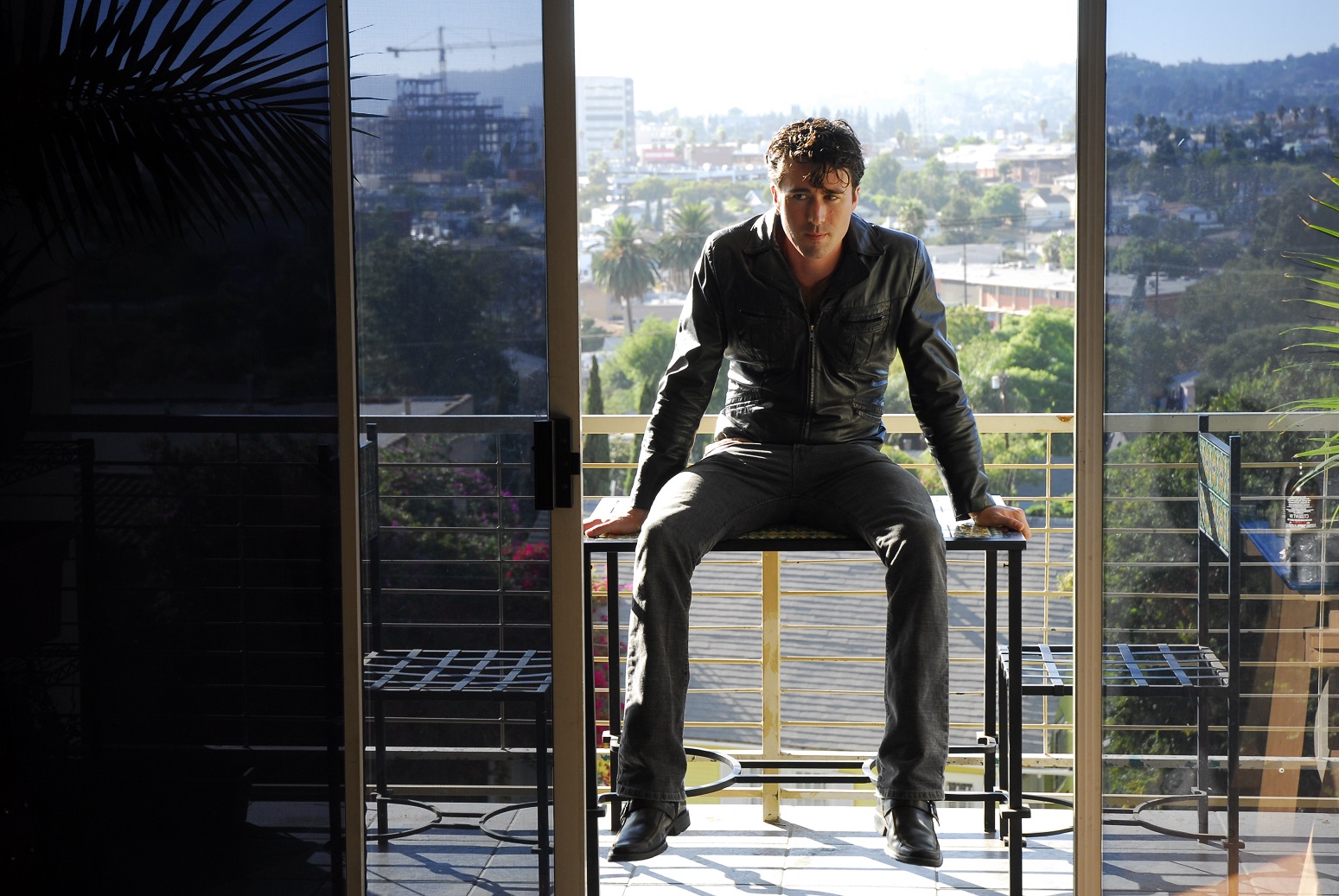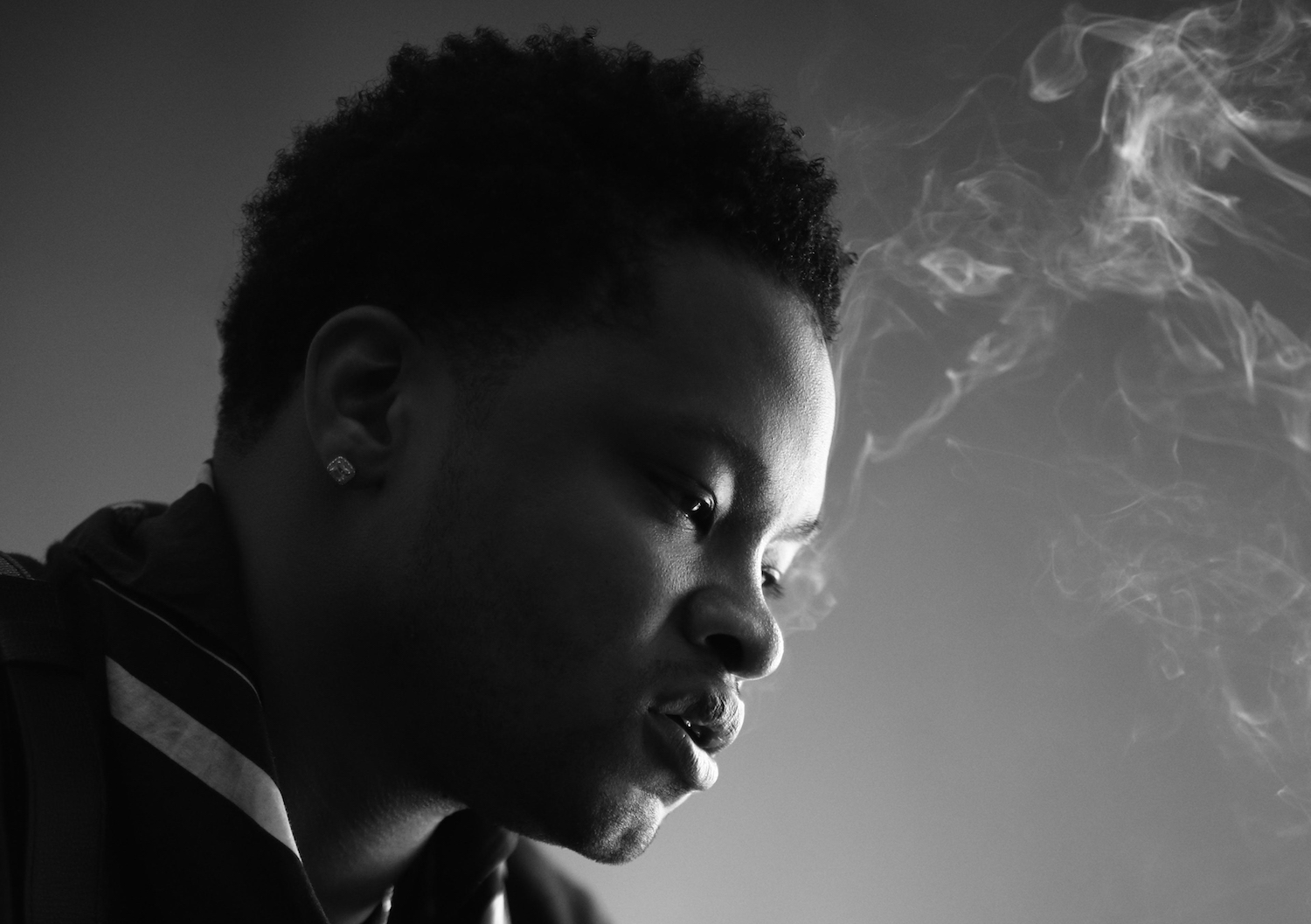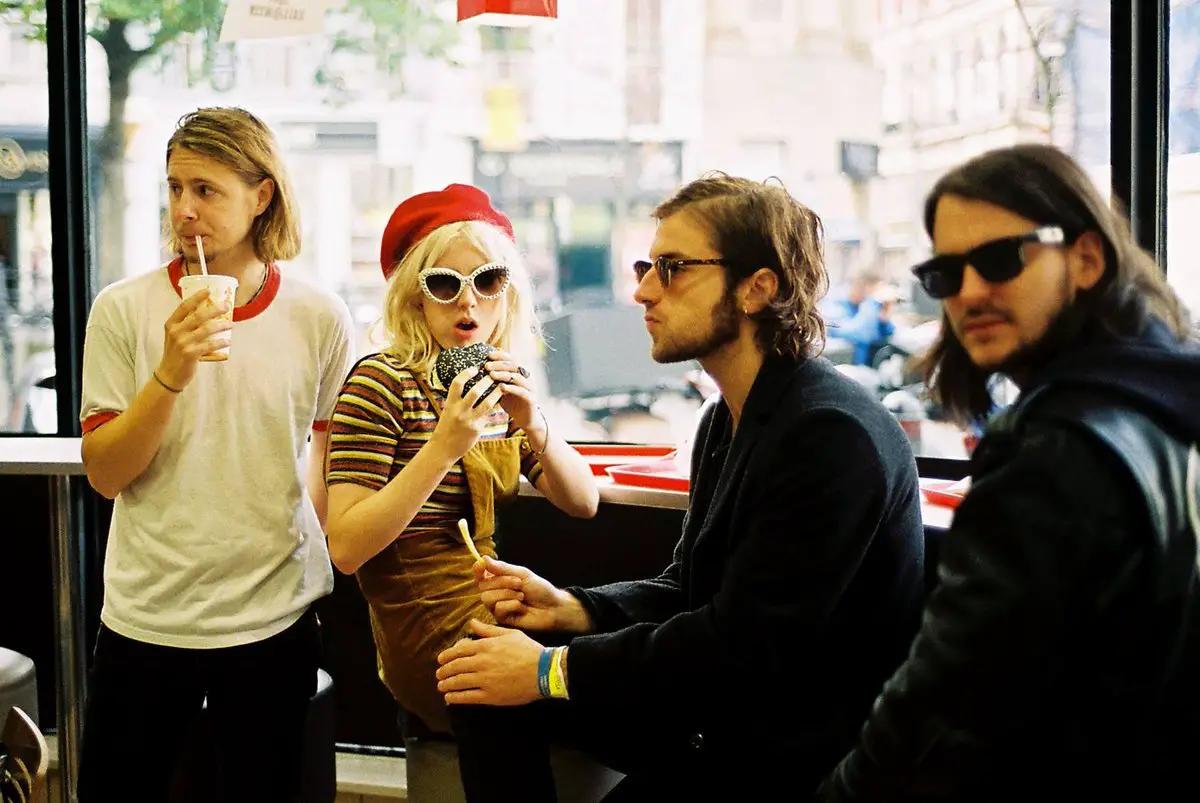J Dilla’s influence is in every song we hear today, and yet his one-man 1990s revolution long went unappreciated: Dan Charnas aims to change that in his new book, ‘Dilla Time’.
Stream: ‘Donuts’ – Dan Charnas
The common view of music history is revolutionary disruption throughout the 1950s and 60s, followed by a slow but continuous evolution ever since. Genres such as hip-hop have been created, others such as funk’s popularity have ebbed and flowed, but this has taken place within the musical framework created over half a century ago, goes the logic. This older-is-better thinking may be echoed in popular culture, but ultimately its untrue. And fortunately for us, Dan Charnas is here to talk us through the musical revolution that took place in the 1990s: The creation of a new understanding of musical time, give us by Detroit’s legendary MC J Dilla.

Throughout Dilla Time: The Life and Afterlife of J Dilla, the Hip-Hop Producer Who Reinvented Rhythm, Charnas uses images and musicology to explain this subtle sonic shift that forever altered modern music. In simple terms, Dilla—who started making beats in his early teens and rarely took a day off until his untimely death at 32—unlocked beats from the time grid. Realizing that his favourite funk songs of the 70s were so good because the people playing couldn’t replicate perfect machine time, he tried to replicate this human feel on his own instrument. Even the greatest drummers, like the often sampled Clyde Stubblefield, hit the beat microseconds early or late. These minor errors became Dilla’s obsession, purposely placing beats slightly off-time. This tweak creates a sense of chaos, a feeling of sloppiness that resonates only with your inner sense of rhythm. Everything is where it should be, and yet it feels off. This became Dilla’s calling card. You can hear it from his early work with Slum Village all the way to his legendary Donuts.
If all of this seems extremely technical, trust that as Charnas offers examples and invitations to clap-along, you’ll soon hear — or rather feel — the beats landing slightly off-time.

But apart from a remarkable story of one musician’s genius, why does Dilla’s story matter? Because Dilla Time, as Charnas coins it, is now as dominant within music as to become a recognized time style. By the early 2000s, every artist from D’Angelo to the Roots to Brandy utilized this timing revolution, making it synonymous with pop music. The only problem? Dilla wasn’t getting any credit. As every producer started copying his style, the style’s origin blurred. Artists who worked with Dilla knew of his musical instincts and flawless control, but those who danced to it often did not. Even today he’s not credited as the game changer he is.
This is where Charnas’ book excels. It puts Dilla at the centre of a revolution still resonating today, casting Dilla as an artist that added a human touch to machine music, brought emotion to the monotonous twos-and-fours. While at times overly technical and certainly too long, Dilla Time places the producer at the centre of a musical revolution as big as anything from the last century. Few musicians have influenced music like Dilla, and now we can truly understand how.
— —
:: purchase Dilla Time here ::
— — — —

Connect to Dan Charnas on
Twitter, Instagram
Discover new music on Atwood Magazine
? © Noah Stephens
:: Stream J Dilla ::

